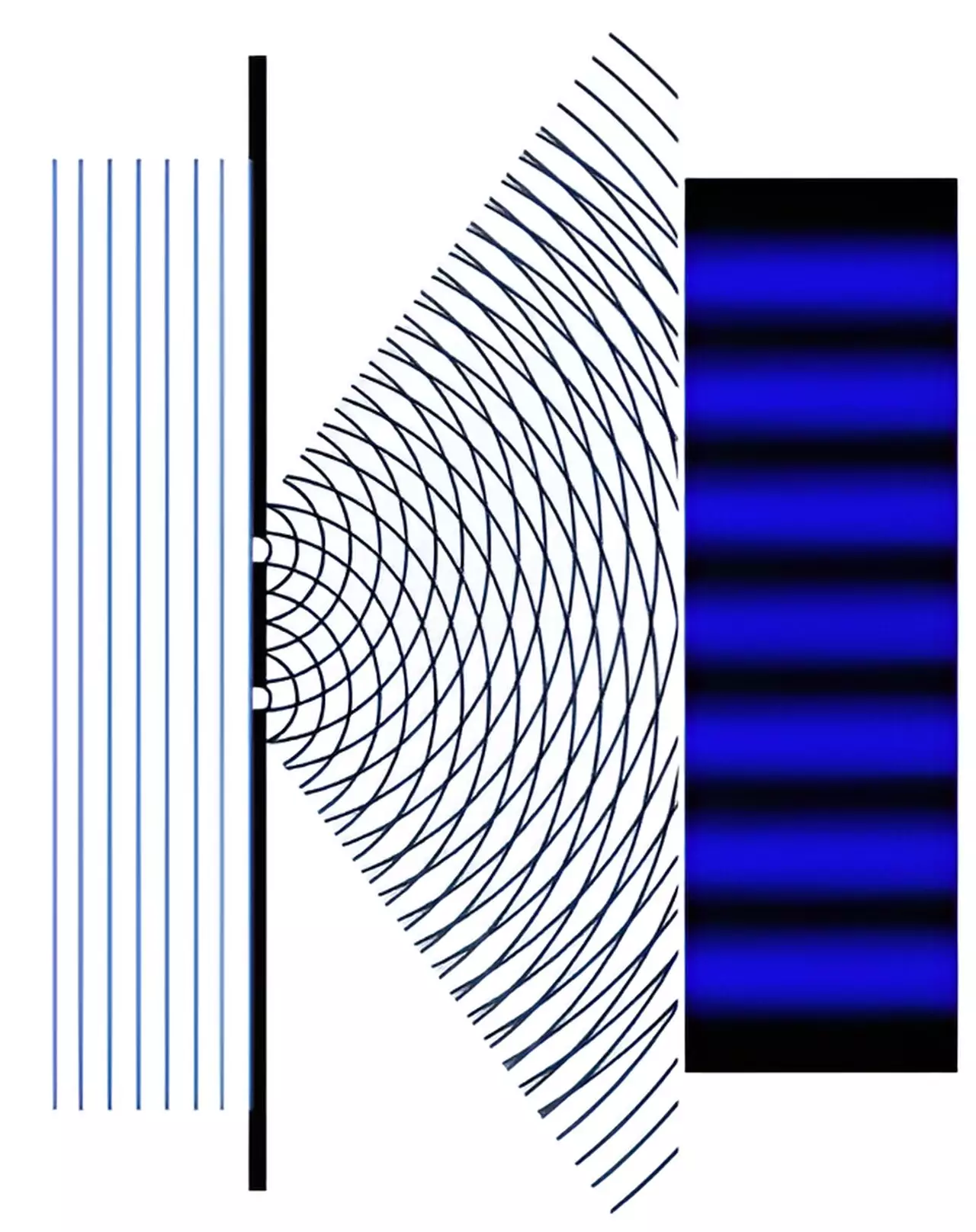In the rapidly evolving field of quantum computing, the emergence of the topological quantum computer stands as a beacon of hope for a new generation of computational power. Yet, despite its theoretical allure, this advanced computing paradigm still remains largely in the realm of speculation and simulation. At the heart of this concept lies the elusive topological qubit, which has not yet been realized in practical applications. The potential benefits of such a device are monumental, but the journey toward its realization is fraught with challenges and necessitates breakthroughs in our understanding of fundamental quantum behaviors.
Traditional physics holds that matter comprises indivisible atoms, with electrons serving as fundamental components within these atoms. However, groundbreaking research suggests the existence of a surprising phenomenon: the ability to create entities that mimic the properties of ‘split electrons,’ thus challenging our foundational understanding of particle physics. Recent studies, particularly from theoretical physicists like Professor Andrew Mitchell and Dr. Sudeshna Sen, shed light on how quantum mechanics permits such peculiar behavior, hinting at a pathway to harnessing these properties for topological qubits.
Exploring the complexities of nano-scale electronic circuits reveals that they operate under unique quantum rules, which can often defy classical intuitions. According to Dr. Sen, these circuits are now so small that they allow us to observe single-electron behavior, providing crucial insights into electronic flow dynamics at an unprecedented scale. The ability to manipulate current on the level of individual electrons opens new avenues for innovation in electronic circuit design and functioning.
One of the remarkable outcomes of miniaturization in electronics is the phenomenon known as quantum interference. In circuits where electrons are tightly packed, they exhibit behaviors that suggest they can ‘split’ due to their interactions. Professor Mitchell explains that electrons traversing divergent paths in these electronic circuits can interfere destructively, ultimately affecting current flow. This quantum interference is not merely a theoretical abstraction but has been documented in various quantum devices, emphasizing the relevance of these findings to practical applications.
The implications of splitting electrons are far-reaching. When multiple electrons are densely aggregated, their mutual repulsion can alter the interference patterns that ordinarily define their movement. This leads to a scenario where, despite the presence of fundamentally indivisible particles, the electrons collectively manifest properties akin to that of a split electron. The theoretical concept of a Majorana fermion emerges from this unexpectedly rich interplay, presenting a tantalizing potential for developing new quantum technologies. The Majorana particle, theorized nearly a century ago, has remained elusive until now, potentially offering a missing piece in the quest for effective topological quantum computing solutions.
The parallels drawn between the behaviors of electrons in nanoelectronic circuits and the famous double-slit experiment are illuminating. In this classical quantum mechanics demonstration, electrons exhibit wave-like properties; they can function as both particles and waves, leading to consistent interference patterns indicative of quantum behavior. As elucidated by Professor Mitchell, the electron dynamics observed in nanoelectronic setups mirror the duality witnessed in the double-slit experiment, providing a framework through which to better understand potential qbit behavior in topological quantum computers.
The concept of interference suggests a deeper connection between quantum mechanics’ theoretical constructs and their physical manifestations in a practical setting. With electrons in a nanoelectronic circuit capable of taking alternative pathways, quantum interference could lead to significant advancements in information processing and storage, underlying the potential of topological quantum computation.
The journey toward realizing the topological quantum computer is, without a doubt, an intricate tapestry woven from threads of theoretical physics, experimental pursuits, and technological ambition. The findings from recent research highlight the importance of quantum properties exhibited at miniature scales and their potential manifestations in advanced computing architectures. While the realization of topological qubits and Majorana fermions in practice remains a formidable challenge, the insights gained through these studies carry significant promise.
As we advance further into the 21st century, the successful creation and manipulation of these quantum particles could revolutionize the computational landscape. Enabled by the principles of quantum mechanics, this kind of advancement holds the potential to solve complex problems incomprehensible to classical computers, fostering new realms of understanding in both practical applications and theoretical physics. Embracing the mysteries of the quantum world might just yield the frontier of discovery needed for topological quantum computing to transcend from theory into reality.


Leave a Reply